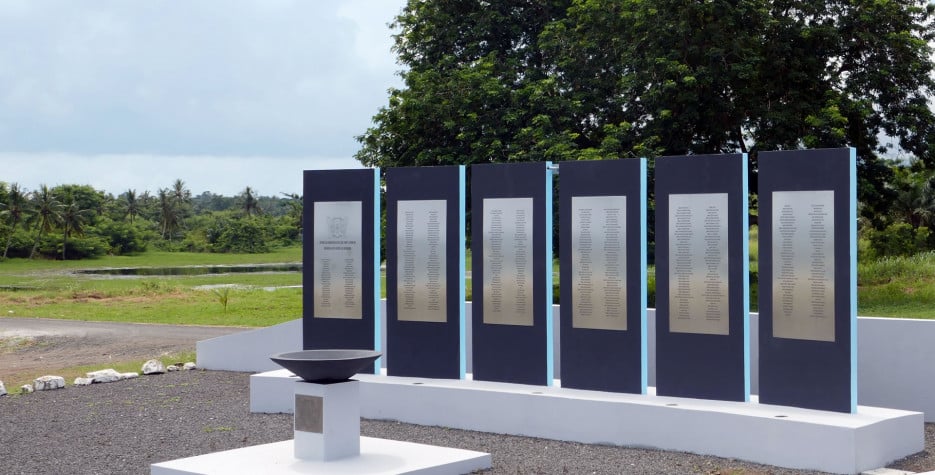When is Martyr's Day?
Martyr's Day is a public holiday on the island nation of São Tomé and Príncipe observed on February 3rd each year.
Known as Dia de Mártires da Liberdade in Portuguese, this holiday commemorates the Batepá massacre that took place on this day in 1953
History of Martyr's Day
The story of São Tomé and Príncipe is a little different to the usual colonial tale played out on the African mainland. When the Portuguese arrived in the 15th century, the islands were uninhabited. To work on the islands' sugar plantations this meant the arrival of African slaves and degredados ("undesirables" sent from Portugal), who became the native creoles, known as forros.
By the early 20th century São Tomé was one of the world's largest cocoa producers. This was labour-intensive work that meant the Portuguese had to bring in contracted workers from their other overseas territories as the forros refused to do the work.
The working conditions of the contracted labour was seen as barely better than slavery. In response, a boycott by European chocolate producers led to some reforms but created a serious labour shortage. The government tried to address the issue by getting the forros to do some of the work done by contracted labour.
Many forros refused to do the work and began protests. In response, the governor blamed the unrest on communists and ordered the military to round up such individuals and for civilians to protect themselves. This quickly turned into a bloodbath, resulting in the deaths of hundreds of forros. No communist conspiracy was ever proven.
Although the massacre is named after the starting point in the village of Batepá, the violence was more widespread.
The massacre was said to be the crucible for the nationalist movement that would result in independence from Portugal in 1975.


